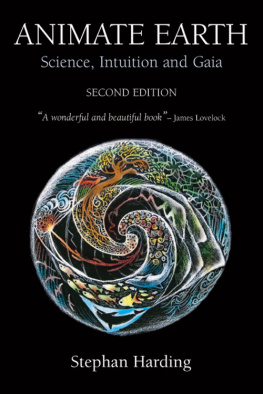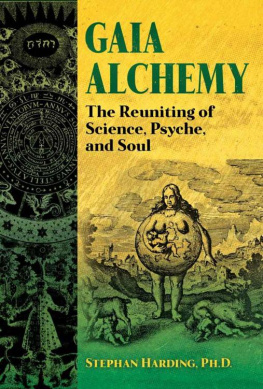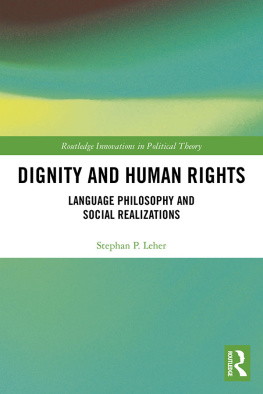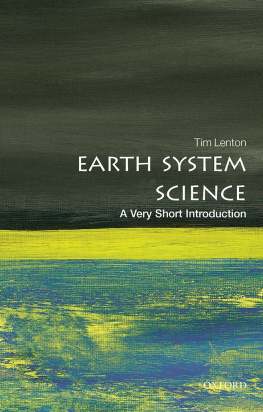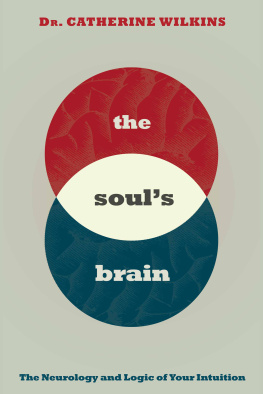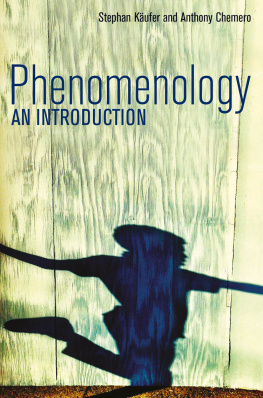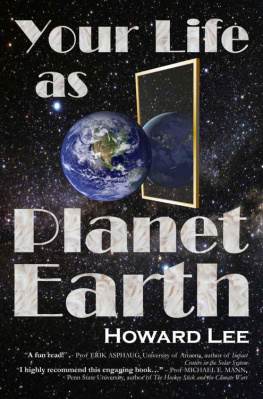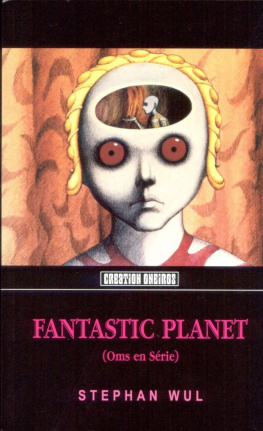Animate Earth represents systems science at its best. I defy you not to be swept along by Stephan Hardings account of how the Earths natural systems (particularly the carbon cycle) have evolved and of our part in them. In the process, he brings the concept of Gaia to life, not just in terms of the science, but philosophically and personallygiving a whole new dimension to what environment-friendly really means.Jonathon Porritt, Chairman of the UK Sustainable Development Commission
In this remarkable book, Stephan Harding, who has worked closely with James Lovelock, tells the story [of Gaia] in a way that is scientifically sophisticated, yet easy to understand and captivating. Harding writes about Gaia with great passion, and he eloquently discusses the theorys philosophical, social and political implications. I recommend Animate Earth to everyone concerned about the fate of our planet.Fritjof Capra, author of The Web of Life and The Turning Point
For depth of understanding of Earth functioning and our human role in the process, Stephan Hardings Animate Earth is the finest of recent studies. It should be read, meditated on, and adopted as a guide to our human course of action if we would avoid the disaster of an ecological collapse of life on Earth.Thomas Berry, author of The Great Work and The Dream of the Earth
Animate Earth is a brilliant synthesis of Gaian science and forward-looking social theory. This is big-picture thinking that can truly help to heal the Earth.Helena Norberg-Hodge, Director of the International Society for Ecology and Culture
Stephan Harding is one of the few people who knows how to link the science of Gaia with the spirit of Gaia. He shows us that we must understand Gaia not just as an idea in our heads; we must also experience ourselves as part of her living being. To accomplish this he dares to suggest that we link the understandings that come from planetary systems science with an animist perspective. He gives us clear accounts of the science accompanied by stories and experiential exercises which take us deeper into knowing the earth as a living being. This is a brave book which may upset people from both sides of the divide he seeks to bridgewhich makes it all the more essential reading for those seeking to respond to the challenges of our times.Professor Peter Reason, University of Bath
ANIMATE EARTH
Science, Intuition and Gaia
SECOND EDITION
Stephan Harding

This second edition (revised, enlarged and updated)
first published in the UK in 2009
by Green Books Ltd,
Foxhole, Dartington,
Totnes, Devon TQ9 6EB
First edition published 2006
First published in ebook formats 2010
Copyright 2006-10 Stephan Harding
The right of Stephan Harding to be recognised as the author
of this work has been asserted by him in accordance with
the Copyright, Designs and Patents Act 1988
All rights reserved
No part of this book may be used or reproduced in any manner without written permission, except in the case of brief quotations in critical articles or reviews.
Illustrations and cover artwork by Deirdre Hyde
www.deirdre-hyde.com
Cover design and diagrams by Rick Lawrence
samskara@onetel.com
Print format ISBN 978 1 900322 54 6
PDF format ISBN 978 1 907448 24 9
ePub format ISBN 978 1 907448 25 6
Acknowledgements
To the people who nurtured me and brought me up with the freedom to explore my deep love of nature I owe the deepest gratitude: my father Severin, my mothers sister Hanka, my foster-mother Julia Rodriguez, my stepmother/sister Lucy and her mother Meg. And now, as a grown man, my gratitude and love go out to Julia and little Oscar, who, turned just four, suggested that I call this book Being Gaia, or Desperate Earthnow one of the chapter titles.
Of all the astonishing people who have helped me grow intellectually and spiritually I have space to thank but a fewAndrew Proudfoot, John Eisenberg, Deirdre Hyde, Bob Carlson, James Lovelock, Lynn Margulis, Arne Naess, Satish Kumar, Helena Norberg-Hodge, John Page, Peter Bunyard, Fritjof Capra, Brian Goodwin, Henri Bortoft, Margaret Colquhoun, Patsy Hallen, Peter Summers, Jonathan Horwitz, Per Espen Stoknes and Per Ingvar Haukeland. To David Abram I owe a great debt of gratitude for his inspiring teaching and writing. It is from him that I imbibed the concept of animate earth that eventually surfaced as the title of this book. All these friends and many others have added so much to the kaleidoscope of understanding that I attempt to give back to the world through the service of speaking and teaching.
Next, my sincere thanks to everyone who read the manuscript, entirely or in parts. I am deeply grateful to James Lovelock, my friend and longstanding scientific mentor, for a careful and critical reading of the entire text that has kept the science straight and convinced me that writing this book was worthwhile. My friend the brilliant Norwegian ecopsychologist Per Espen Stoknes made sure that the soul dimension of the narrative was not lost to sight. Peter Reason from the University of Bath also read the entire book, and urged me not to lose sight of the animistic perspective that he found so distinctive about this work. Galeo Saintz, a recent Schumacher College MSc graduate, kindly read the first draft and made valuable comments, as did Mel Risebrow and Harriet Posner. Ed OSullivan read the whole book and was greatly encouraging. Henri Bortoft checked the philosophical sections and Brian Goodwin, my friend and mentor, read enough to give me the confidence to continue. John Page, my good friend of many years who has an eye for good writing, surprised me by telling me that he enjoyed what he read. David Abram made very helpful suggestions on the first two chapters. I am very grateful to Liz Morrison for her valuable comments on the experiential aspects of the text.
I also thank Schumacher College, my second alma mater, and Anne Phillips, its Director, for allowing me to develop my understanding of Gaia in my own way without any pressure to conform to any standards, without formal assessment, and with the only expectation that I would teach and take people out to the woods and to the sea. To have been given such freedom is a rare honour in these troubled times in the world of education. I would like to acknowledge the support and inspiration of Brian Goodwin, Terry Irwin and Gideon Kossoff, my colleagues on the MSc in Holistic Science.
My gratitude to Richard and Diana St Ruth for giving me a lovely room in the Golden Buddha Centre on the edge of Dartmoor during the winter of 2005 where I wrote for five quiet weeks. Without the calm of their wonderful retreat centre and their generous friendship this book could not have been completed. I am also deeply grateful to Derek Hook, Gary Primrose and Christina West at Yewfield in the English lakes for enduring my family for two weeks whilst I mused on various aspects of the work, and to Andy and Sarah Middleton and their charming children for their generous hospitality at Whitesands Bay, and for urging me to write in the splendid tower of their lovely hotel in St. Davids.
My special thanks to the artist Deirdre Hyde, my long-standing friend whom I met whilst I lived in Costa Rica, for so generously painting the cover picture and the wonderful illustrations that grace this book.
I would also like to thank Alan Rayner and his student Christian Taylor for sharing their considerable knowledge of fungal ecology, and for reading a draft of the new chapter on fungi.
Lastly, my thanks to John Elford of Green Books for his brilliant editorial skills and for his fine handling of this book.
Next page
